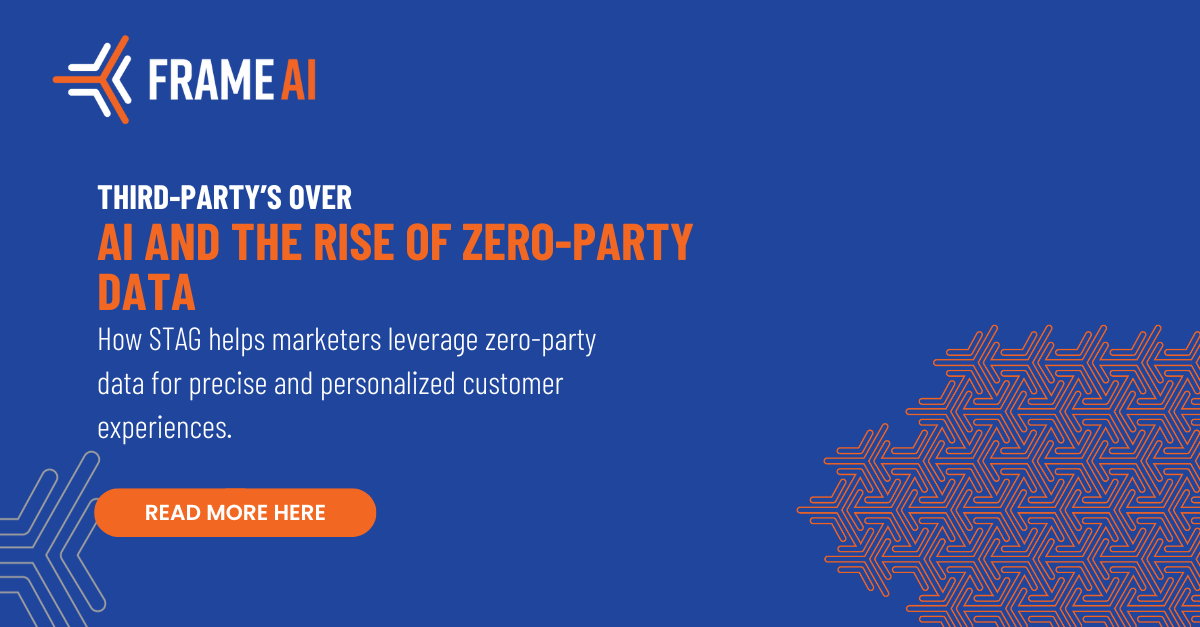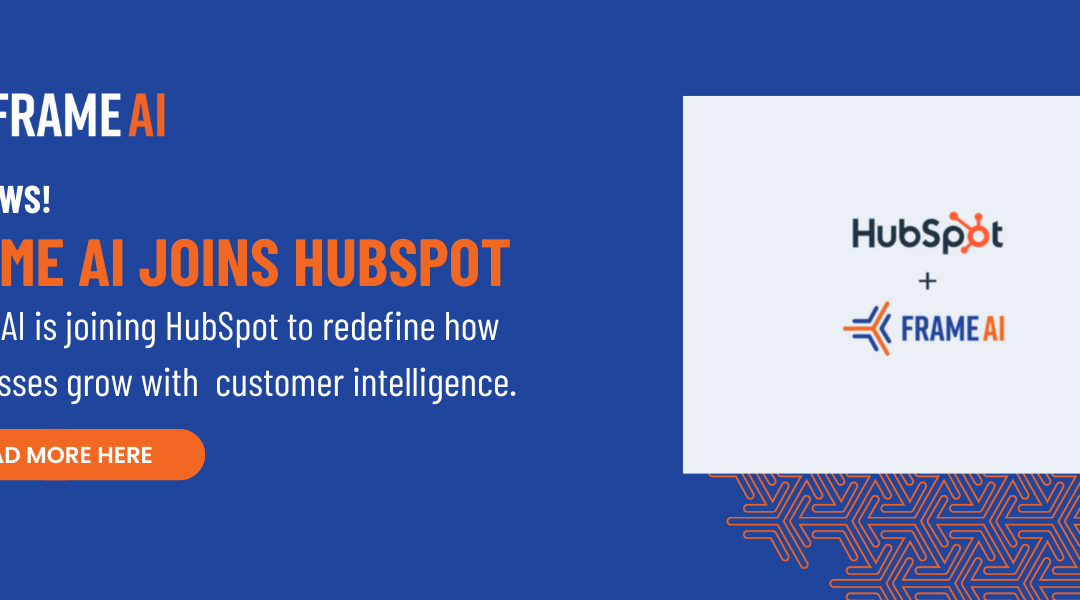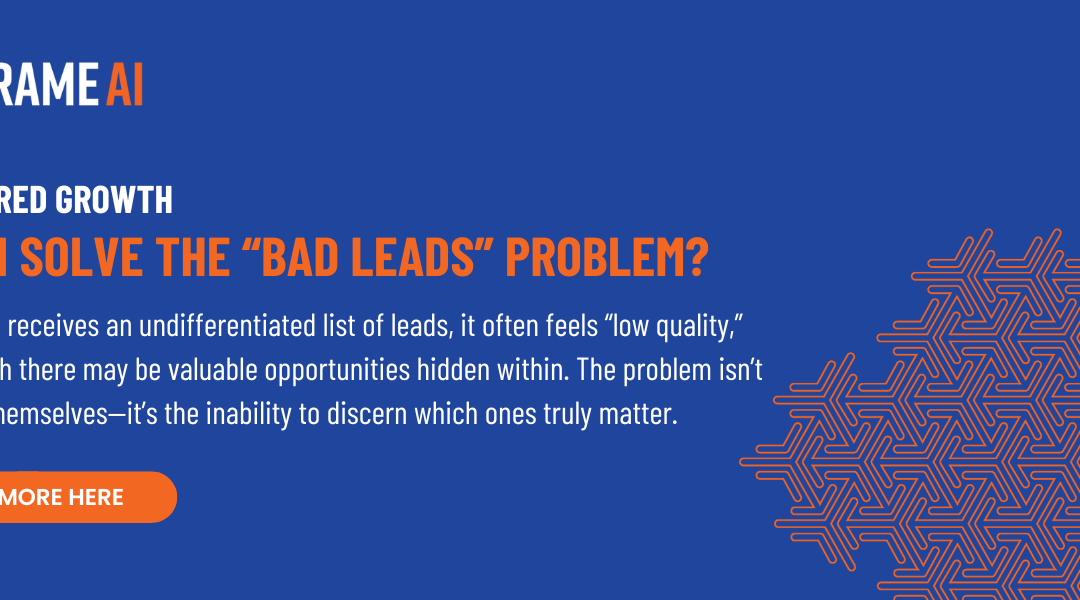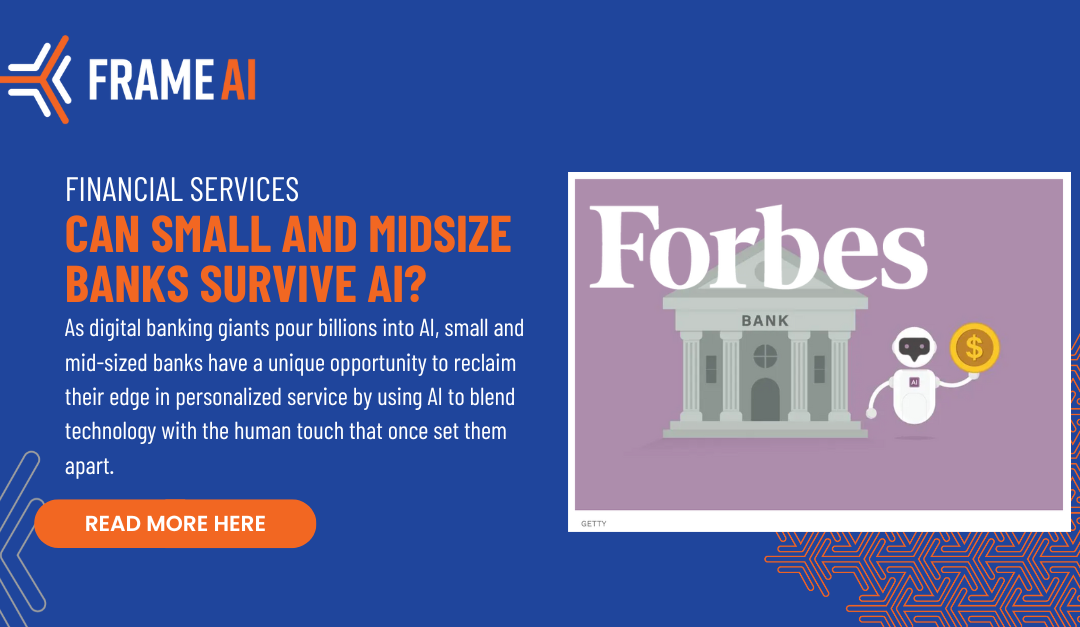Well before the Gen AI boom of 2023, CMOs were navigating a new data landscape. Regulations such as GDPR and CCPA significantly reduced the ability to use second and third-party data for marketing, making it nearly impossible to track internet activity for pervasive advertising. This shift forced companies to heavily invest in first-party data collection, compiling consumer brand engagements from clicks to survey scores into comprehensive 360-degree customer profiles.
Now, businesses are increasingly focusing on zero-party data, which is information that customers intentionally and proactively share with a brand, such as preferences, purchase intentions, and personal contexts. Unlike first-party data, zero-party data is explicitly provided by the consumer, offering higher accuracy and potential for personalization.
Processing zero-party data was traditionally labor-intensive due to the manual effort required to analyze natural language. However, the advanced AI and machine learning capabilities of Stream-Trigger Augmented Generation (STAG) have revolutionized this process. STAG unlocks zero-party data by automating the real-time analysis of detailed, voluntarily shared customer information.
For the first time, marketers can efficiently process this rich data source to tailor offerings along the customer journey—from initial awareness through various stages of engagement and retention.
Understanding the types of data available and how to leverage them is crucial for effective personalization in the age of AI and beyond. By unlocking richer customer insights, STAG helps businesses build lasting relationships and brand loyalty.
How Zero-Party Data Battles Personalization Fatigue and Perceptions of Invasiveness
Today, the average marketer uses more than twelve tools to capture first-party data including:
Transactional Data: Includes records of all customer transactions such as purchase history, payment methods, and product preferences. This data is crucial for analyzing buying patterns and customer loyalty.
Behavioral Data: Captures interactions on websites and apps, like pages visited, links clicked, and time spent on specific content. Behavioral data helps understand user engagement and content effectiveness.
Demographic Data: Comprises information provided by customers during account creation or checkout processes, including age, gender, income level, and education. It’s essential for segmenting markets and personalizing marketing efforts.
Engagement Data: Involves data from email campaigns, social media interactions, and responses to marketing materials. This data provides insights into which types of communications are most effective at engaging customers.
But a recent Gartner study reported that although 86% of respondents are open to some level of personalized marketing communication, over half (55%) would cease business with a brand they find invasive, and 40% would do the same if the brand seems irrelevant. Nearly 60% would block a brand for invasive tactics and 44% for irrelevant or annoying communications.
Zero-party data helps marketers identify the boundary between welcome personalization and invasiveness. By collecting relevant data transparently and respecting privacy boundaries, marketers can strike that balance that enhances the customer experience without crossing into intrusive territory.
Unlike first- and second-party data, which often rely on inferences about consumer intentions and preferences based on observed behaviors, zero-party data is based on direct statements from individuals about their preferences. This explicitness avoids inaccuracies that can arise from assumptions. And since zero-party data comes directly from consumers, it hasn’t been subjected to multiple systems or aggregation processes, making it more likely to be current and precise when it targets offers.
Ultimately, when businesses and customers mutually understand their use cases of personal data, the resulting personalization can be more relevant and valuable. This approach not only improves the customer experience but also drives loyalty and long-term engagement, as customers are more likely to respond positively to communications and offers that reflect their stated interests and needs.
How AI Unlocks Dormant Zero-Party Data
Consumers generate zero-party data in various forms and channels. Like any data, companies typically categorize zero-party data as structured or unstructured.
Structured zero-party data generally comes from survey scores or questionnaires. Unstructured zero-party data is natural language— customer conversations like support chats, sales calls, emails, and reviews.
Companies hold vast reserves of this unstructured data because, historically, it’s been challenging to work with. The challenges are technical and organizational.
Technically, the complexity of human language requires highly specialized knowledge to develop semantic models, combine them to represent intents and outcomes, analyze their output, and translate outputs for synthesis across the company. Until now, programming computers to understand natural language was an academic domain, and even with significant investment, the results were often mixed.
Plus, customer interactions are recorded by different teams with different tools and goals. Without automation, unifying and analyzing large volumes of text is quick, inexpensive, and reliable.
AI and machine learning make it possible to automatically process streaming customer communication to surface zero-party data. Stream-Trigger Augmented Generation (STAG), a breakthrough AI architecture, can continuously monitor streaming customer communication to surface instances where consumers directly share their preferences, making unstructured zero-party data available at scale for the first time.
Ethics and Governance
Understanding and managing consent is crucial to leveraging zero-party data. AI’s ethical application in managing zero-party data focuses on three main areas.
First, it must create tangible value for the customer, using data to enhance user experiences directly related to their expressed needs and preferences.
Second, AI should handle information like a reasonable human under similar circumstances, respecting the specific context of the consent given.
Third, it should anticipate and mitigate potential risks and privacy concerns, foreseeing and addressing possible negative implications before they arise.
To responsibly implement AI in this context, systems should facilitate dynamic consent management, allowing customers to update their preferences quickly and regularly. Moreover, routine audits are essential to ensure AI operations remain within ethical bounds and regulatory compliance, helping to maintain trust and align with consumer expectations. This strategic approach adheres to regulatory standards and fosters a deeper customer relationship through responsible data usage.
To learn more about how Frame AI unlocks zero-party data for better marketing, request a demo today.




